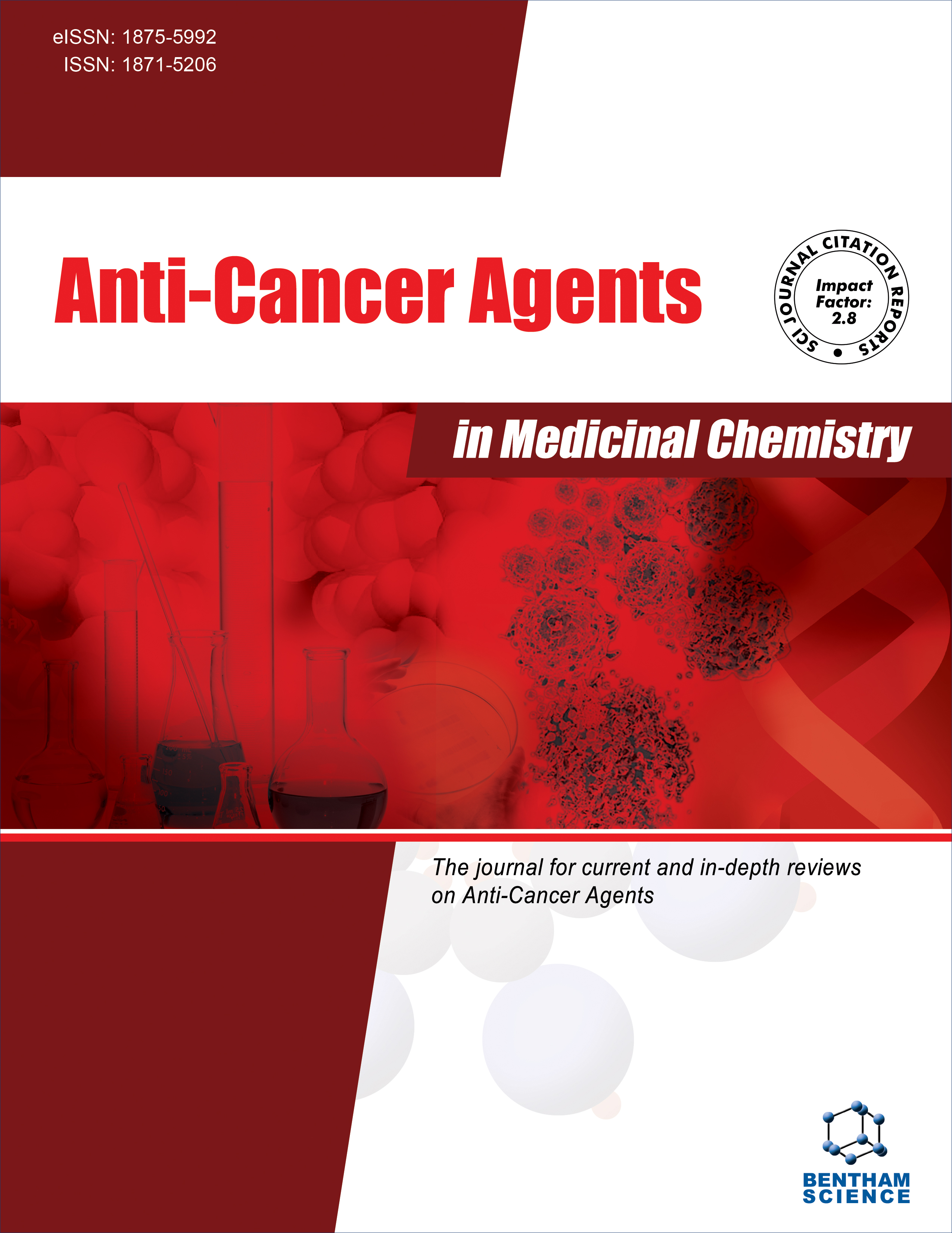
Full text loading...

The presence of severe hypoxic stress can drive tumor growth, angiogenesis, and metastatic characteristics via up-regulated hypoxia-inducible factor 1-alpha (HIF-1a). Hence, targeting HIF-1α is considered a promising strategy, as increased HIF-1α activity is a key factor in the aggressive phenotype of malignancies. In this study, we aimed to investigate the anti-cancer effects of several flavonoids, both single and in combination with PX-478, in breast cancer cell lines.
We tested the effects of luteolin and PX-478, both alone and in combination, on HIF-1a level in breast cancer cells under hypoxia using the cell viability assay. To determine the rationale for the cell growth inhibition induced by the luteolin+PX-478 combination, we conducted experiments to assess cell survival, apoptosis, cell cycle, invasion, and migration under both normoxic and hypoxic conditions. Furthermore, we evaluated the effect of this combination on DNA damage response under hypoxic stress via Comet assay and immunofluorescence staining.
Our findings revealed that the luteolin+PX-478 combination significantly suppressed the growth of MDA-MB-231 cells. In addition, we assessed time-dependent expression of HIF1a in MDA-MB-231 cells and observed that the combination of luteolin and PX-478 down-regulated the HIF-1a level. Finally, we found that the luteolin+PX-478 combination induced apoptosis and G2 cell cycle arrest and enhanced DNA damage response. This combination also sensitized breast cancer cells to ionizing radiation in hypoxic stress.
The findings suggested that targeting HIF-1α with a combination of luteolin and PX-478 may provide a synergistic approach to suppressing tumor growth and enhancing therapeutic response under hypoxic conditions. The observed effects on apoptosis, cell cycle arrest, and DNA damage response indicated that this combination could be a promising strategy for overcoming hypoxia-induced resistance in breast cancer therapy.
Collectively, our results suggested the combination of luteolin and PX-478 to enhance the anti-cancer effects of PX-478 in breast carcinoma cells by impeding the cell growth and inducing DNA damage response under hypoxia.

Article metrics loading...

Full text loading...
References


Data & Media loading...